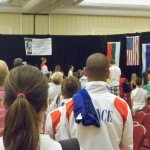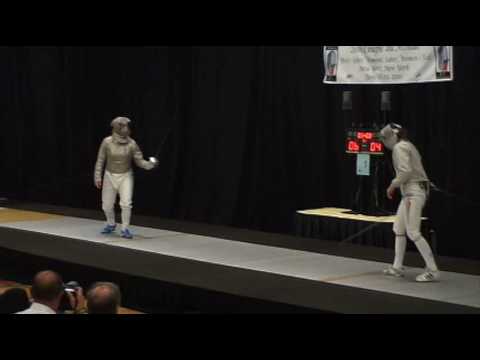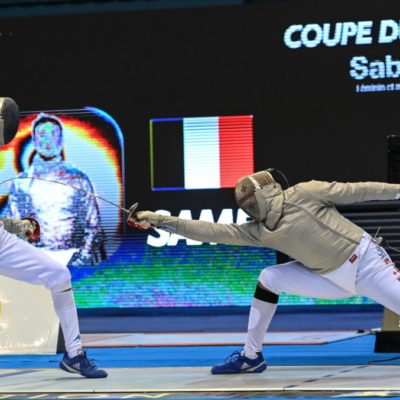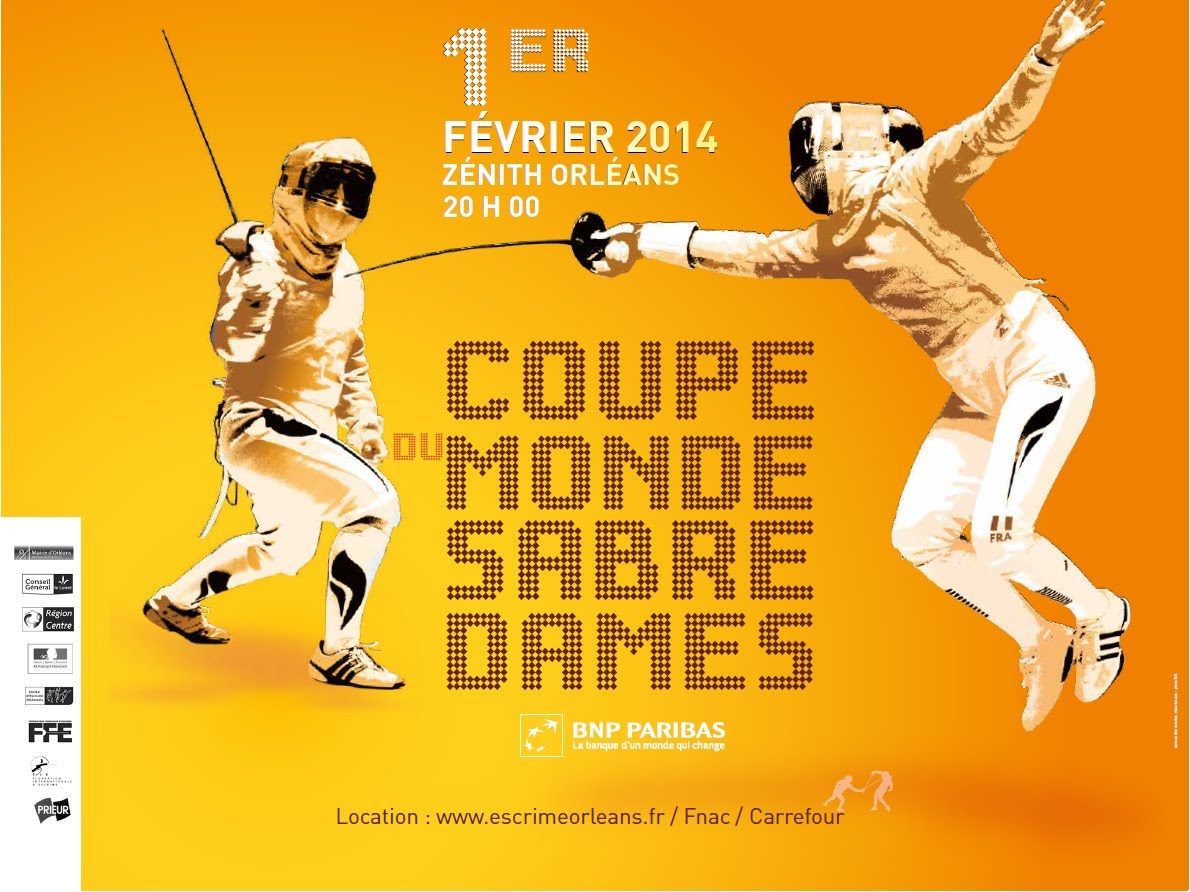
Mariel Zagunis (USA) has a commanding attack which she can use to dominate her opponents. She also has the awareness to change up based on how you last managed to hit her. In this bout she displays both the strong attack and the ability to adjust to an unfamiliar opponent in the final of the 2010 New York World Cup.
Zagunis’ victory over Benko (HUN) secures her #1 world ranking heading into the 2010 World Championships in November.
Posted by Fencing.Net member CyrusofChaos on the forums here.
Notes: Benko (HUN) knocked off world #2 Olga Kharlan (UKR) in the round of 8 by being very tenacious and keeping Kharlan from being able to execute her attacks well. Benko also executed the “Matrix” style dodge and hit after the missed attack on Kharlan a couple of times in the T-8 bout. Mariel gets caught with that touch once, but not a second time.







8 Comments
Comments are closed.